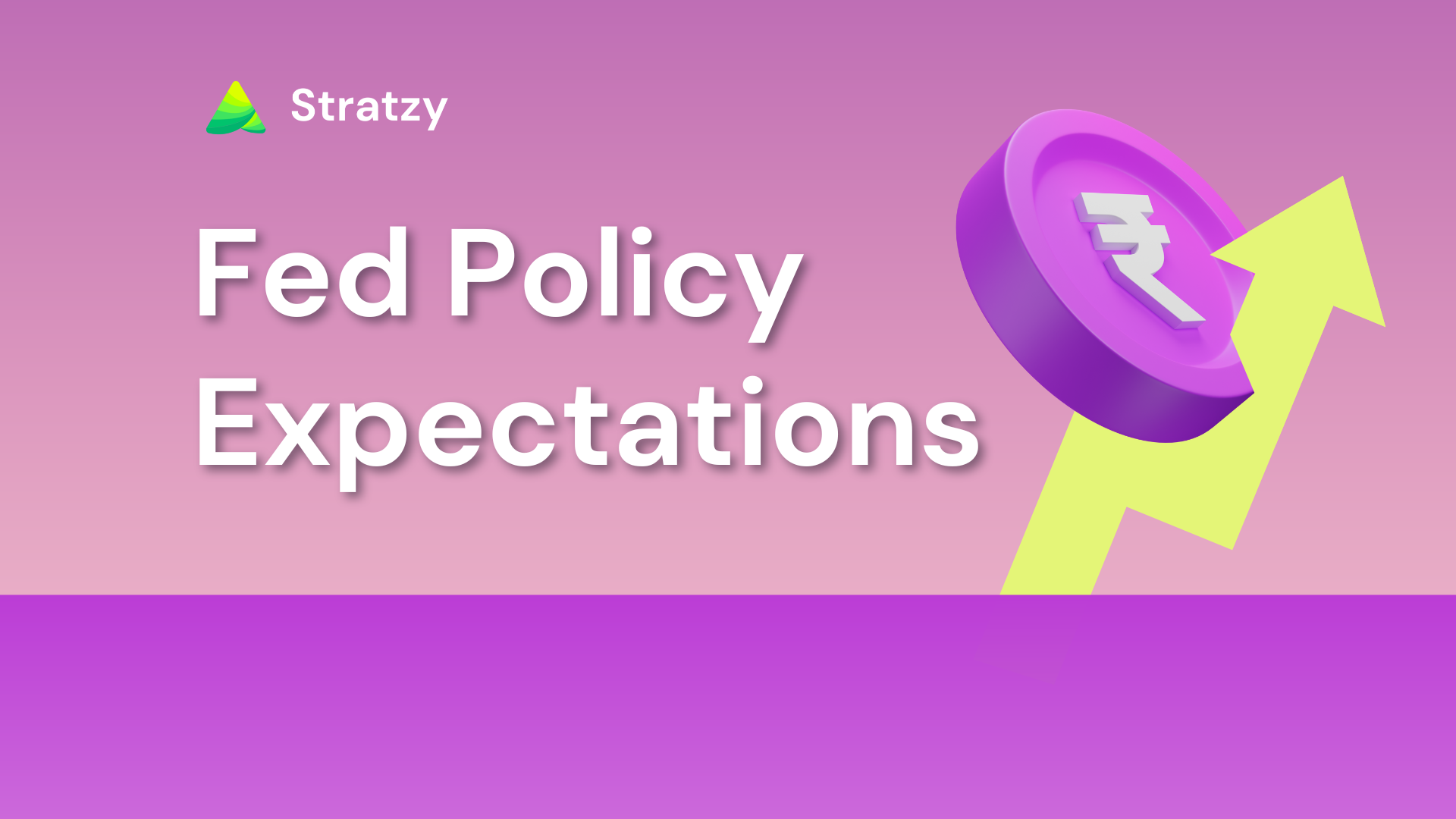Expectations on Fed Policy

In early November, the federal Open market committee(FOMC) is likely going to raise interest rates by another 0.75 percentage points for a fourth straight meeting. The move would take its benchmark interest rate that influences almost all consumer borrowing costs in the economy past levels not seen since late 2007.
But as the recession factor is rising in the U.S and around the globe, Fed would focus on whether this month’s rate move could be the last hike of this size. Before the year comes to end, the Fed is expected to start debating when it should begin hiking rates in smaller increments- by half a point or even by a more traditional quarter point. The question is whether the Fed is in a hurry to slow as the labor market remains robust and inflation stays hot.
What’s Next after the rate hike ❓
Some officials are sounding the alarm that it might call for something more aggressive in December. Others on the Fed’s rate-setting committee appear for risks doing too much, highlighting how the higher rates climb, the harder it could be to agree on the policy.
Prices are picking up in the other key corners of the economy, especially in services, rent, and healthcare. Rate hikes tend to be particularly positive for the financial sector. Bank stocks tend to perform favorably in times of rising hikes. Although the relationship between interest rates and the stock market is fairly inverse, the two tend to move in opposite directions; as a general rule of thumb, when the Fed cuts interest rates, it causes the stock market to go up and when the Fed raises interest rates, it causes the stock market as a whole to go down. But there is no guarantee of how the market will react to any given interest rate change the Fed chooses to make.
What challenges do Global Economies likely to face ❓
Emerging markets have been some of the first to get caught in the crossfire of the rising rates. Higher interest rates strengthen the U.S dollar, making American exports more expensive. When rates rise rapidly, liquidity can also be a challenge, as can the cost of financing outstanding debt. The question now is whether any of those global challenges could spill over onto U.S. shores — or worse if the U.S. could be vulnerable to an unforeseen financial crisis. These could complicate the Fed’s goals of cooling inflation, which requires higher interest rates. And if the crisis were severe enough, the Fed would likely have to make a sacrifice: helping out the economy with a potentially inflation-fueling policy or turning a blind eye.
Bottom Line
“A slower pace of rate hikes is certainly in the offing for 2023, and an eventual move to the sidelines, but it’s important not to miss the forest through the trees,” McBride says. “They’re still going to be raising rates for a while, and even when they stop, rates are going to be high. We can’t get distracted by an eventual Fed move to the sidelines when there are still very real costs and risks attached to higher costs of borrowing for households and businesses alike. ”I think this recession is going to be characterized by affordability pressures, asset value depreciation, and business investment decline, not significant unemployment.
